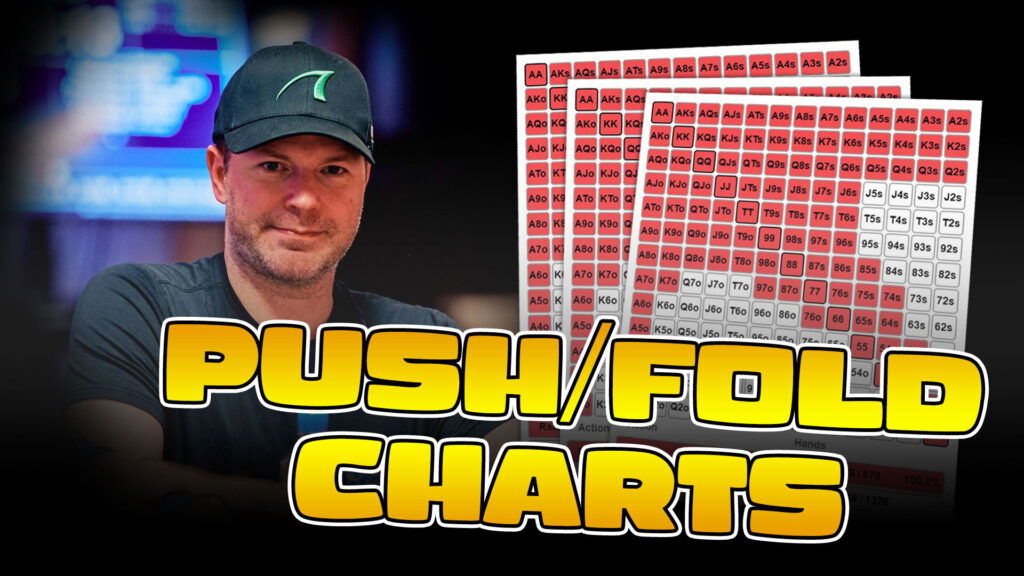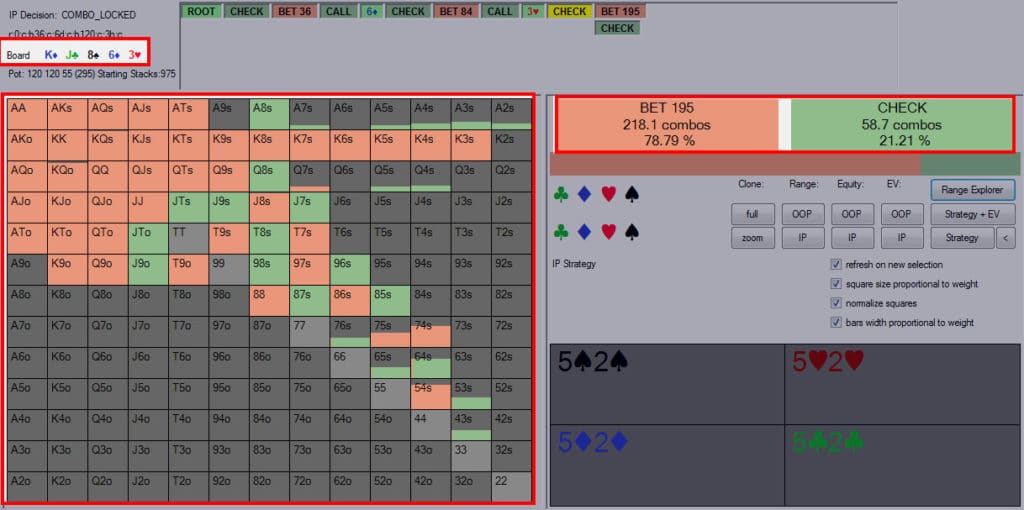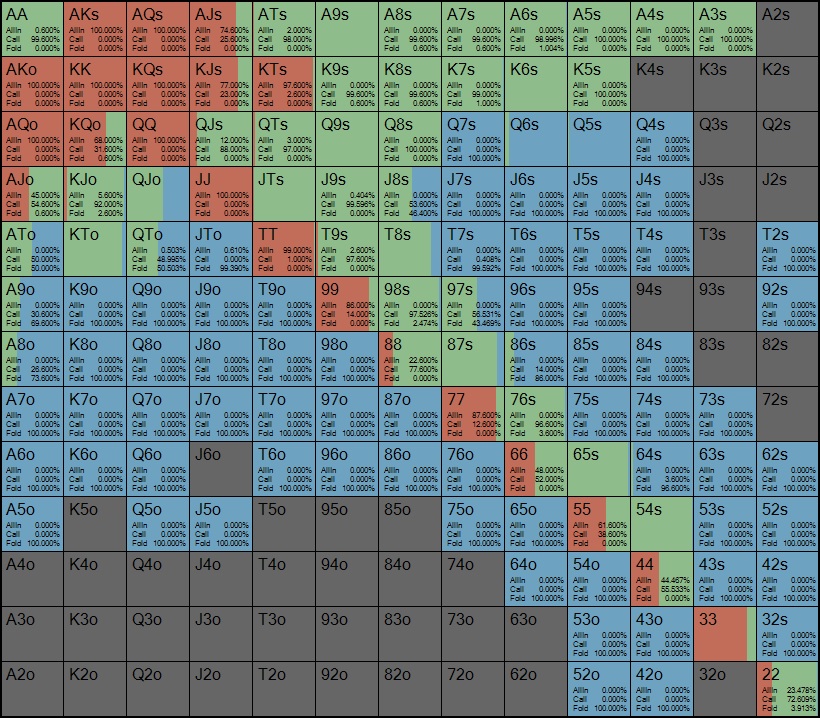tl;dr: Poker tournament strategy involves adjusting play based on blind levels, stack sizes, and opponent tendencies to maximize chips and survive to the later stages.

If you’re looking to improve your poker tournament performance, understanding the right strategy is crucial. In this article, we will dive into the key elements of a successful poker tournament strategy, including the structure of a tournament, different stages of play, and essential skills for success.
Whether you’re a beginner or an experienced player, this guide will provide you with valuable insights to enhance your game and increase your chances of winning.
Understanding the structure of a poker tournament

To develop an effective poker tournament strategy, it’s important to first understand the structure of a tournament. Here are three key elements to consider:
Blind levels and increasing blinds
Blind levels determine the minimum bet size and increase at regular intervals throughout the tournament. As the blinds increase, the cost of playing hands also rises, putting pressure on players to accumulate chips. It’s crucial to adjust your strategy accordingly and be mindful of the changing dynamics as the blinds escalate.
Starting stack size
The starting stack size varies from tournament to tournament and can significantly impact your strategy. A larger stack provides more flexibility and allows for more aggressive play, while a smaller stack requires a more cautious approach. Understanding how to effectively manage your stack size is essential for long-term success in a poker tournament.
Prize structure
The prize structure determines how the tournament payouts are distributed among the top finishers. Some tournaments offer a top-heavy structure, where the majority of the prize pool goes to the winner, while others have a flatter structure, providing more players with a chance to cash. Knowing the prize structure can influence your decision-making, especially when nearing the bubble or final table.
Early stage strategy

The early stage of a poker tournament is characterized by deep stacks and low blinds. Here are three key strategies to employ during this phase:
Playing tight and selective
In the early stages, it’s advisable to play a tight range of hands and avoid unnecessary risks. Focus on premium hands and strong starting combinations to maximize your chances of winning pots.
Building a solid foundation
Use the early stage to build a solid foundation of chips. Look for opportunities to accumulate chips through well-timed aggression and strategic play. However, be cautious not to overextend yourself and risk your entire stack on marginal hands.
Avoiding unnecessary risks
While it’s important to accumulate chips, it’s equally crucial to avoid unnecessary risks that could jeopardize your tournament life. Be patient and wait for favorable situations before committing a significant portion of your stack.
Middle stage strategy
As the blinds increase and the tournament progresses, the middle stage requires adjustments to your strategy. Here are three key strategies to consider:
Adjusting to changing dynamics
As the blinds escalate, the dynamics of the game change. Players become more aggressive, and the cost of playing hands increases. Adapt to these changes by adjusting your range and incorporating more aggressive plays when appropriate.
Exploiting weaker players
Identify weaker players at the table and exploit their tendencies. Look for opportunities to steal blinds and pots from players who are playing too passively or making predictable moves. However, be cautious not to underestimate your opponents, as they may adjust their play as the tournament progresses.
Managing your stack size
Maintaining a healthy stack size is crucial during the middle stage. Avoid getting too short-stacked, as it limits your options and puts you at a disadvantage. Conversely, be cautious not to become overly cautious and let your stack dwindle without taking calculated risks.
Late stage strategy

The late stage of a poker tournament is characterized by high blinds, shorter stacks, and the bubble approaching. Here are three key strategies to employ during this phase:
Understanding ICM considerations
ICM (Independent Chip Model) considerations become more important in the late stage. Understand the value of your chips in relation to the prize pool and adjust your strategy accordingly. Sometimes, making a fold that preserves your stack can be more valuable than taking unnecessary risks.
Playing aggressively to accumulate chips
In the late stage, it’s crucial to play aggressively and accumulate chips to secure a spot at the final table. Look for opportunities to put pressure on your opponents and take advantage of their cautious play.
Identifying and exploiting opponents’ weaknesses
Pay close attention to your opponents’ tendencies and exploit their weaknesses. Look for patterns in their play and adjust your strategy accordingly. This can give you a significant edge as you approach the final table.
Final table strategy
Reaching the final table is a significant achievement in a poker tournament. Here are three key strategies to employ at this stage:
Adjusting to different stack sizes
At the final table, stack sizes can vary significantly. Adjust your strategy based on your stack size relative to your opponents. If you have a large stack, consider putting pressure on shorter stacks. If you have a short stack, look for opportunities to double up and stay in the game.
Reading opponents’ tendencies
Reading your opponents’ tendencies becomes even more critical at the final table. Pay attention to their betting patterns, body language, and any tells they may have. Use this information to make informed decisions and gain an advantage.
Balancing aggression and caution
Finding the right balance between aggression and caution is crucial at the final table. While it’s important to accumulate chips, it’s equally important to avoid unnecessary risks that could cost you your tournament life. Be selective with your hands and choose your spots wisely.
Key skills for successful tournament play

In addition to understanding the different stages of a poker tournament and employing the right strategies, certain skills are essential for successful tournament play. Here are three key skills to develop:
Bankroll management
Proper bankroll management is crucial for long-term success in poker tournaments. Set aside a dedicated bankroll for tournaments and avoid risking more than a small percentage of your total bankroll in any single event.
Positional awareness
Understanding the importance of position in poker tournaments is vital. Positional awareness allows you to make more informed decisions and gain an advantage over your opponents. Use your position wisely to maximize your chances of success.
Reading opponents’ tells
Being able to read your opponents’ tells can provide valuable insights into their hand strength and intentions. Look for physical or verbal cues that may indicate the strength or weakness of their hand. However, be cautious not to rely solely on tells, as they can be misleading.
Conclusion

Developing a successful poker tournament strategy requires a combination of understanding the tournament structure, adjusting your play to different stages, and honing essential skills. By employing the strategies outlined in this article and continuously improving your game, you can increase your chances of success in poker tournaments. Remember, practice and experience are key, so keep playing, learning, and refining your strategy to become a formidable tournament player.
Originally posted 2023-06-16 15:19:00.

